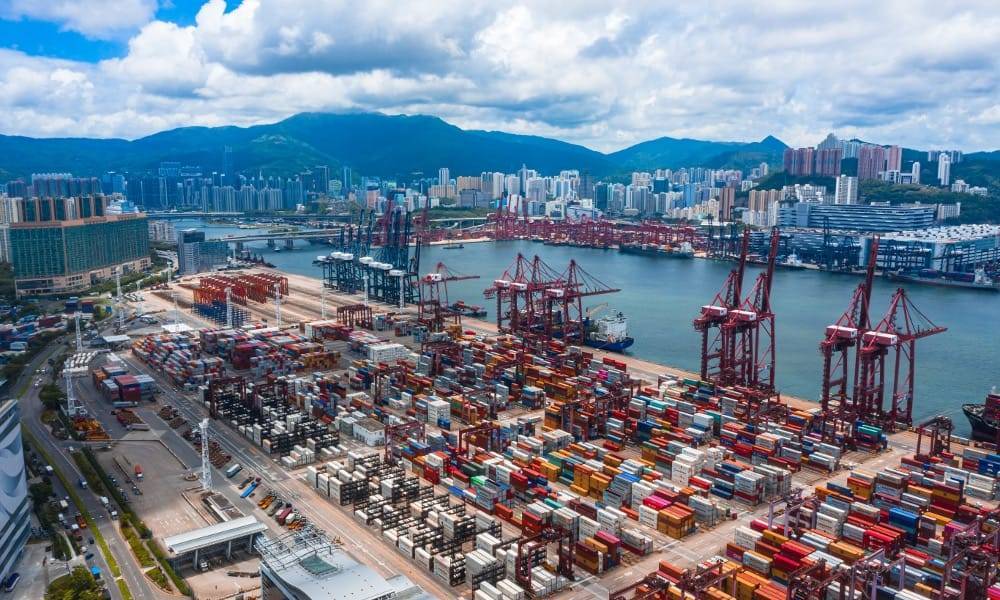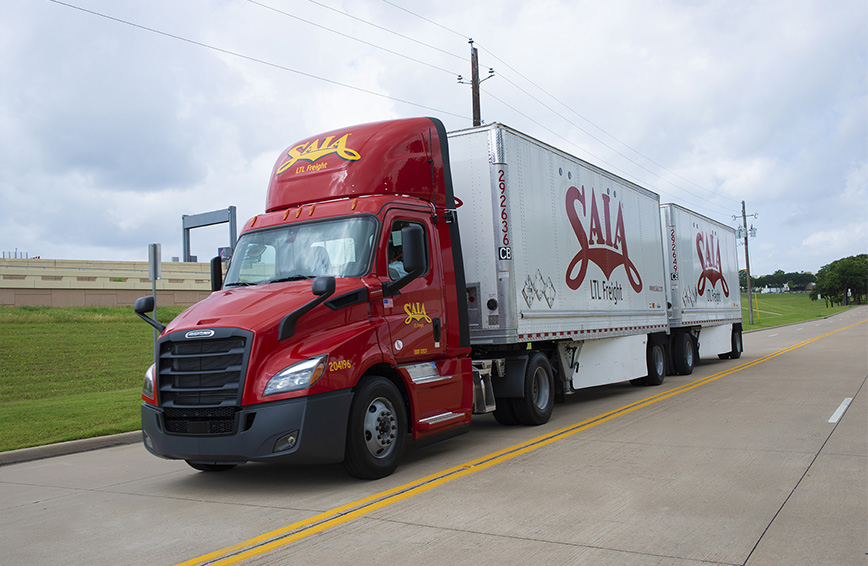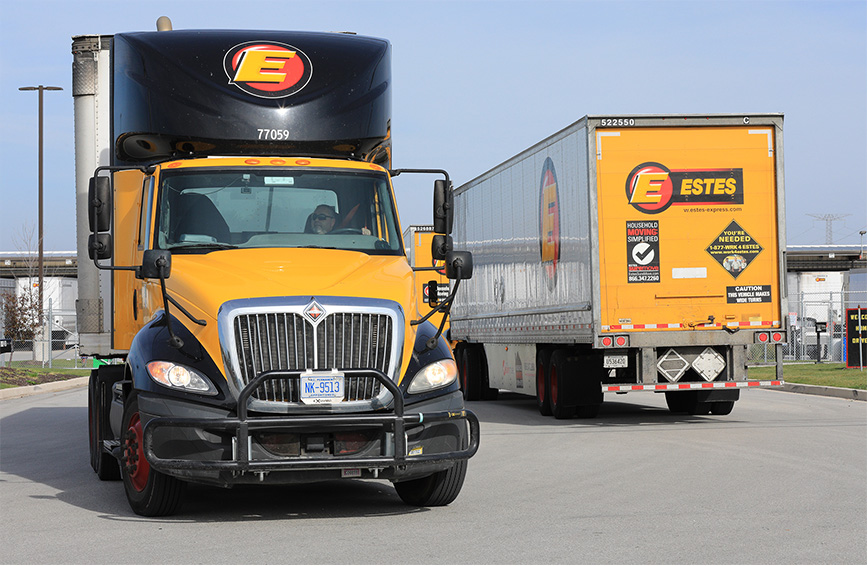The pandemic may be winding down. But the disruption it has caused continues to affect the post-pandemic supply chain, freight volumes, and truckload carriers.
Some industries have faced wildly erratic demand over the past year and a half.
Consider home improvement and building materials, for example. This industry thrived during the pandemic, as homeowners and builders tackled building and DIY home improvement projects.
But in this case, the unprecedented surge of activity didn't just deplete lumber and other building materials. It created a spike in lumber prices, which rose by more than 250% in the last year, according to Business Insider. The National Association of Homebuilders has noted that the increases in lumber costs added a staggering +$24,000 to the average single-family home price recently.
Erratic demand for truckload carriers
The erratic surge in demand has created not only material flow issues but also several knock-on effects for shippers, truckload carriers, some manufacturers, and consumers, since:
- It can take weeks for manufacturers to increase production and for retailers and truckers to adjust to get products to the shelves and into homes.
- Some manufacturing plants and warehouses remain understaffed.
- Carriers can wait as long as 15 hours for their cargo to load or unload.
How can transportation departments adapt?
Given higher prices, pressure on resources, and less ability to ship products once you get your hands on them, what can you do if you're a shipper trying to fulfill customer orders and meet customer service levels?
- Start by contracting with carriers who use a connected transportation management system (TMS). A TMS will help you find extra capacity sincecarriers who use a TMS ensure their processes are automated-not manual–and are easier to work with and less error-prone.
- Choose to work with carriers that pay their drivers well and treat them fairly. Better pay makes for better morale and often for better handling of your freight.
- Avoid focusing just on low-cost services. Instead, opt to work with reliable, financially stable carriers. By doing this, you'll bypass the problems you might face by hiring a carrier a low-cost, unstable carrier. You can ask to review a carrier's performance KPIs, scorecards, and other metrics–all of which will provide you with a clear picture of how reliable the carrier is.
The bottom line: Whether in the post-pandemic supply chain or after, It pays to work with quality carriers who offer quality services. By doing this, you'll ensure you get your products shipped to the right location at the right time for the right price.




